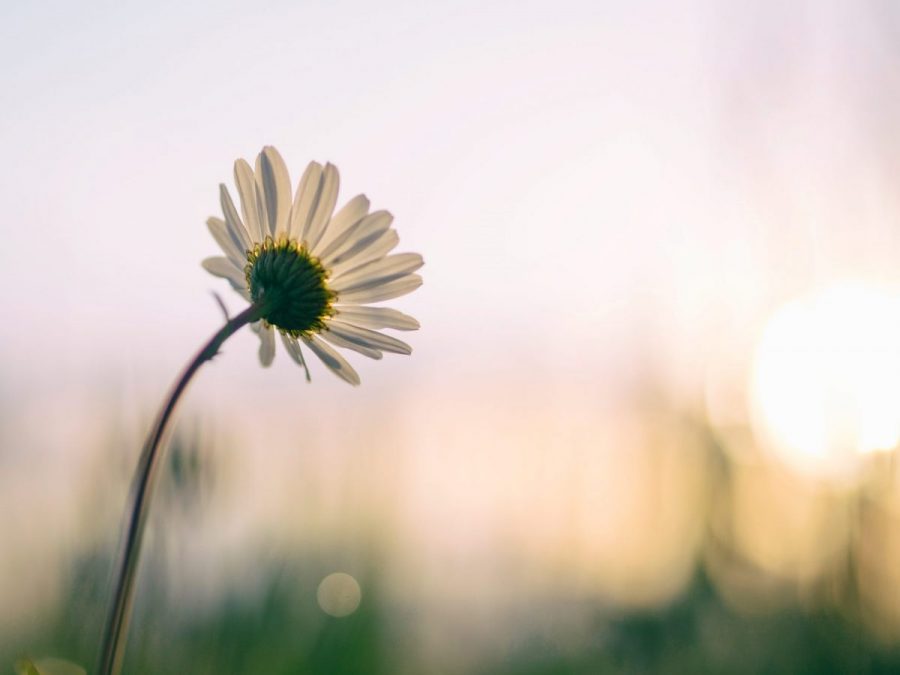For many of us, this Corona time is as if someone had pushed the pause button on our lives. I don’t think I have spent two months in a row at home for at least a decade and our mutual grounding in our respective households has given us much food for thought.
Don’t worry, I’m not going to give any pompous pronouncements about the changes I will be making in my life or how society is never going to be the same again. What I do want to draw your attention to are the smells of Nature.
Many of you have noted how clear the birdsong is this year, especially at dawn and dusk; how the sky has never seemed so blue and clear without the scars of airplane trails; how we notice little details like the veins on a leaf or the fragile heads of wild grasses. Nature seems just that more lucid, alive and present.
One of the things that I have noticed most is aroma. (Well, I would, wouldn’t I?)
At first it was the timid floral scents of iris, bluebell and nascent lilac; the sort of fresh, youthful perfumes that I find in lively red wines such as Beaujolais, Saumur and Mencia-based wines from Bierzo. I love the sheer drinkability of these wines with their silky, flowing structures, somewhat fleeting but very primary, violet aromas.
As spring advanced and the trees blossomed it was the hawthorn with its heady sweetness that made me stop on my evening walks to inhale gustfuls from the sweet, white, fragrant flowers. Nearer to my feet, the scents of freshly grown grass with scatterings of wild flowers and primula gave me the beautiful herbaceousness of white Bordeaux; not the peapod and box tree that we have come so definitely to link with Sauvignon Blanc but the wilder, more oxidized scents that ageing in oak barrels can give a wine.
Honey, it is so beguiling, not only to bees. I catch whiffs of it as I ride through the country lanes. Sometimes it is so strong that I get off my bike to trace its source. It can come from elderflower with its heady, floating, sugary flavours; it can come from cow parsley with its green tinged sweetness. I think of wines such as Condrieu made from the noble Viognier; orchard flavoured Chardonnays from the Mâconnais or the more earthy, complex nectar coming from wild flowers such as chamomile, daisy and poppy which remind me of Savagnin from the Jura or Roussanne from the Rhône. These scents also make me think of old vine plantings or forgotten varieties such as Eben Sadie’s field blends in Swartland or Miguel Torres Jr’s Forcada, a resurrected and renamed ancient grape from Catalonia.
And what of trees you might ask? They too give out aromas which are so evocative. The linden and acacia trees with their very green, overt, sweetly spicy notes remind me of Grüner Veltliner or Fiano, two lovely white grape varieties which give us a nose of sweetness and a taste which is almost umami-like in its resonance; the beech trees tend to echo the rich soil in which they grow, throwing out notes of cinnamon and tobacco which to me always underscores a red Côte du Rhone. We will have to wait until autumn to be able to pick up the scents of richer red wines – cassis, plums, wood smoke, cedar, forest floor, mushrooms and musk.
But now as we roll gently into summer and the weather continues to smile upon us, it is time to cut and bale the hay, the smells of which are just so evocative of Vouvrays from the Loire or a spicy Jurançon, and in the early morning when the dew gives the freshly-cut grass a little pick-me-up, notes of Riesling and Pinot Gris. I haven’t even begun to talk about the spicy, veggie smells that we get when we walk through the vine rows with their scatterings of Rabbit Ear lettuce, dandelion, clover, cress, mustard, mint, wild garlic; their tart, almost sour flavours evoke the spicy, fresh flavours of an umami-tinted Muscadet or an Albariño from Spain’s Galicia.
The last few months have been a magnificent sensory discovery; I have found such inspiration for future tasting notes from the aromas that Nature has thrown my way. It is as if I have a living, breathing ‘Nez du Vin’ (the invaluable sensory tool kit created by Jean Lenoir to help improve wine tasting skills) by my side, only far much more vivid and memorable since these smells are inextricably tied to the joy of being outdoors and closer to the countryside.
I am often asked how to become a better wine taster. A simple tip I can give you right now is to go out for a walk or a ride in the countryside. Try and record all the smells you capture along the way. Now, without trying to analyse them too much at first, see which wines they conjure up for you. Go out and have a practice. You will be astonished by the panoply of scents that you can enjoy. As spring glides into summer, take a look at our lively, fresh selection of aromatic wines which will tickle your nose as well as your palate. Have fun and do let me know how you get on.




